Arrowhead Discovery Reveals Human Achievements Centuries Before They Were Thought To Happen
One of the most exciting and frustrating things about the world is how hard it is to nail down concrete facts about how it works. It’s not unheard of for a supposed fact to be agreed upon within the scientific community for years, only for new evidence to suddenly come out of nowhere that throws it all into question.
And as far as a new study is concerned, one amazing discovery caused precisely that kind of paradigm shift. Thanks to only a few new samples, the long-held assumptions of how humans came to replace Neanderthals on this planet could now need a fundamental rewrite. Read on to learn more.
Early Humans

In an article from the Science Advances journal, a team of researchers led by Ludovic Slimak outlined that the earliest humans emerged in Africa over 300,000 years ago.
And they didn’t start to look like modern humans until about 195,000 years ago.
Where They Traveled And When
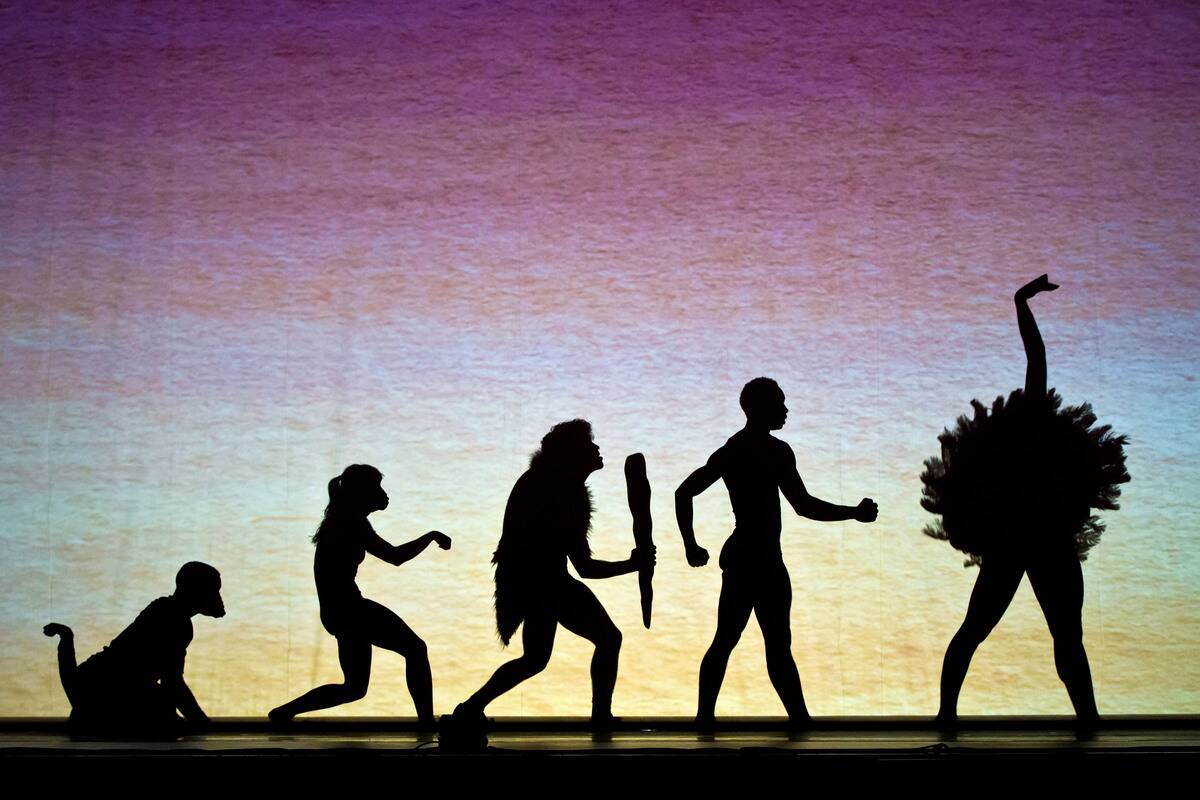
According to the previous archaeological evidence Slimak’s team had researched, early humans took their first steps into what is now Israel between 194,000 and 177,000 years ago.
They also may have traveled to Greece as far back as 210,000 years ago.
Levant

In most archaeological research chronicling humanity’s prehistoric days, this region of the Middle East, known as the Levant, is considered a key gateway to their travels beyond Africa.
That said, the 2022 Science Advances article noted that the records archaeologists have of this period (known as the Late Pleistocene age) are an incomplete patchwork.
Existing Evidence

Still, the evidence that does exist paints a picture of early humans migrating far and wide from their African homeland as their ancient bones discovered in East Asia date back about 80,000 years.
Other remains from 65,000 years ago also suggest they would have made it to Australia as well.
Long Time To Settle
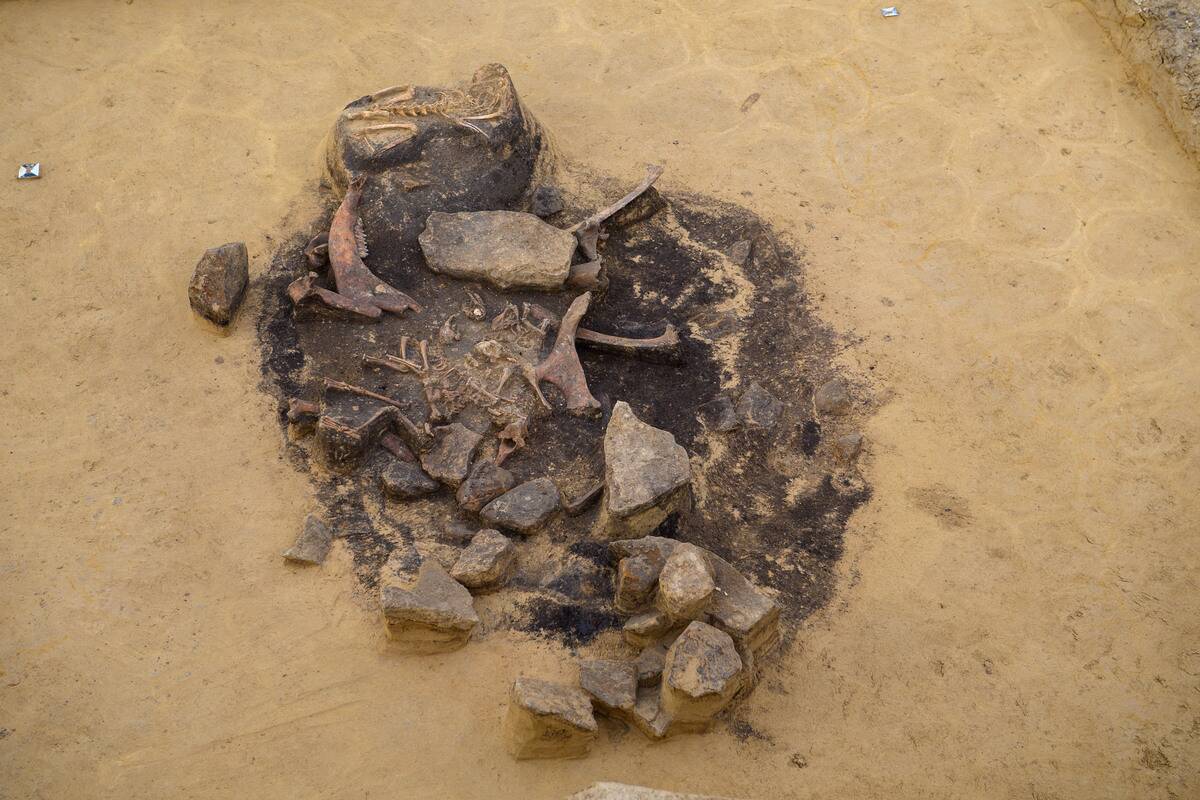
Yet when the previous archaeology records for Europe were considered, they gave the impression that it took humans a bizarrely long time to settle there.
Based on just five teeth recovered from three sites throughout Italy and one in Bulgaria, archaeologists were led to believe that humans didn’t appear in Europe until between 43,000 and 45,000 years ago.
Took Too Long From Levant
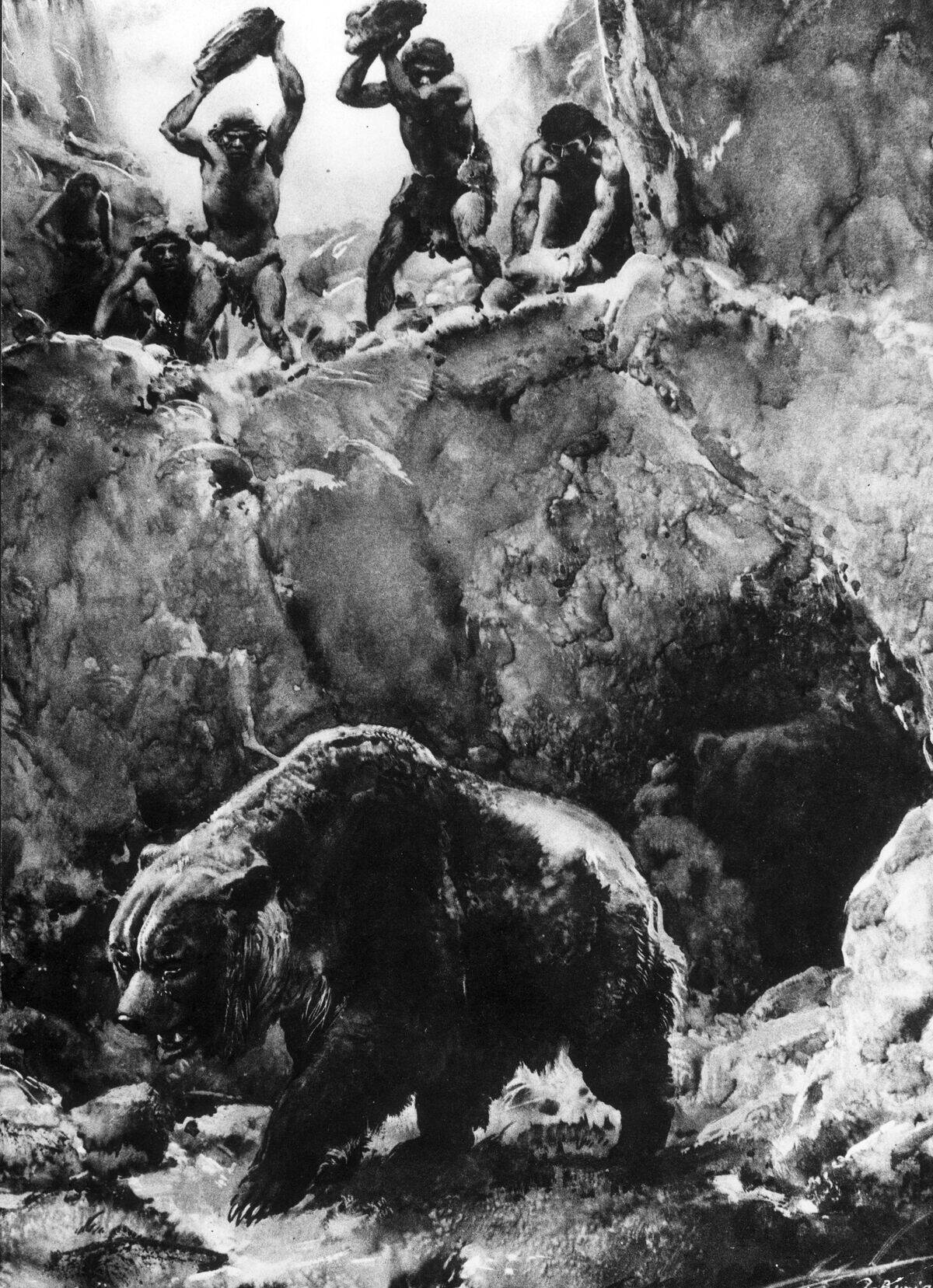
Naturally, these archaeological records raise the question of why it took early humans 10,000 to 20,000 years longer to reach Europe than any other region they could have realistically settled in after leaving Africa.
And as far as Slimak’s team could gather, the prevailing theories either positioned the terrain and climate of Europe as a barrier or blamed the area’s Neanderthals for driving them off.
Not Advanced Weapons
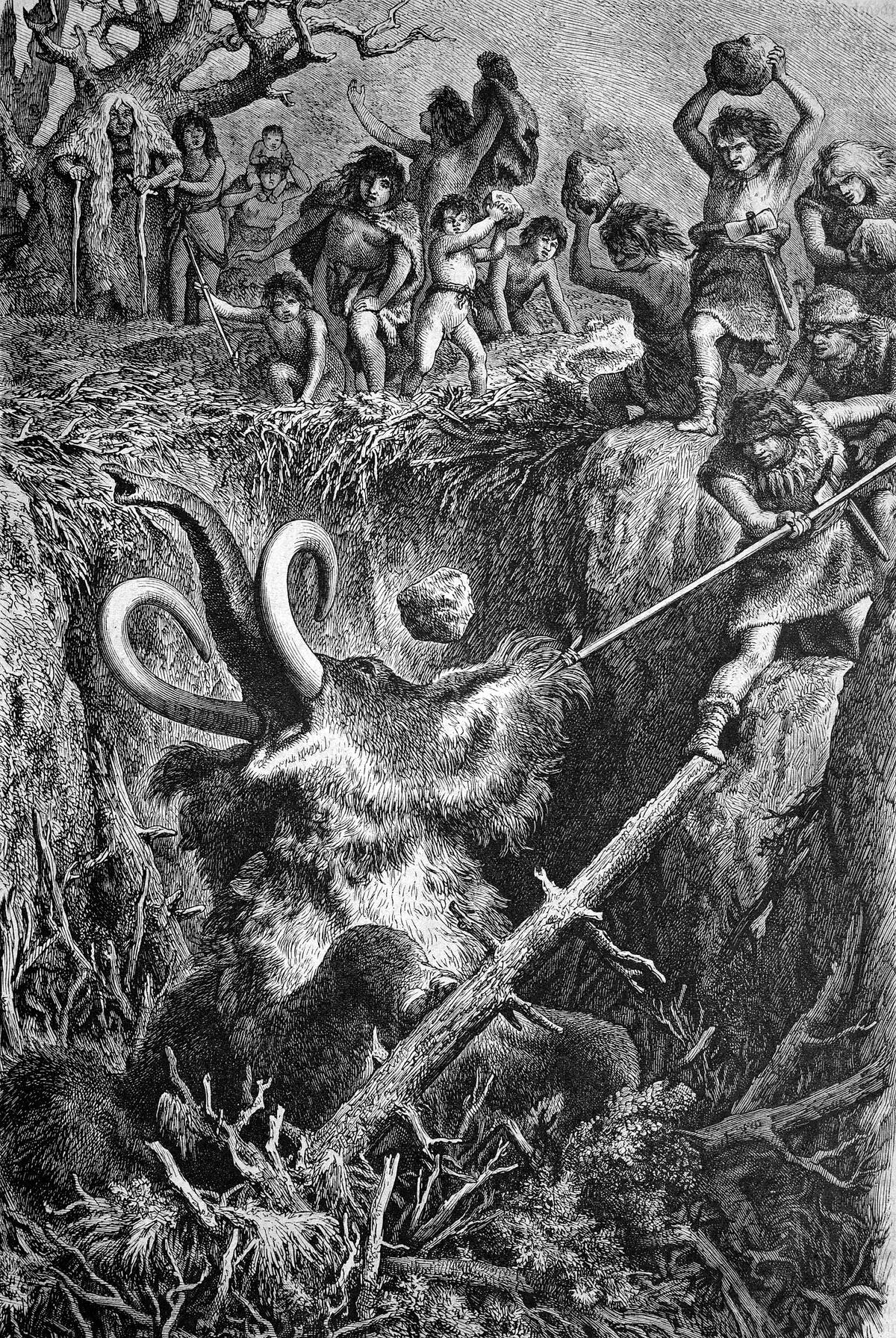
While advanced weaponry for the time, such as sharpened blades or fine arrowheads, had been previously discovered in Africa and the Levant, the same could not be said for Europe.
For that reason, it was easy to assume that if early humans did clash with Neanderthals, the larger and stronger Neanderthals easily overpowered them.
Before Or After Neanderthals?

With these pieces of evidence to consider, the prevailing assumption was that once humans did gain a serious foothold in settling Europe 43,000 years ago, they simply replaced the Neanderthals.
Appropriately, no Neanderthal remains appeared there more recently than 42,000 to 40,000 years ago, suggesting they died out as this settlement period was beginning.
Early Evidence
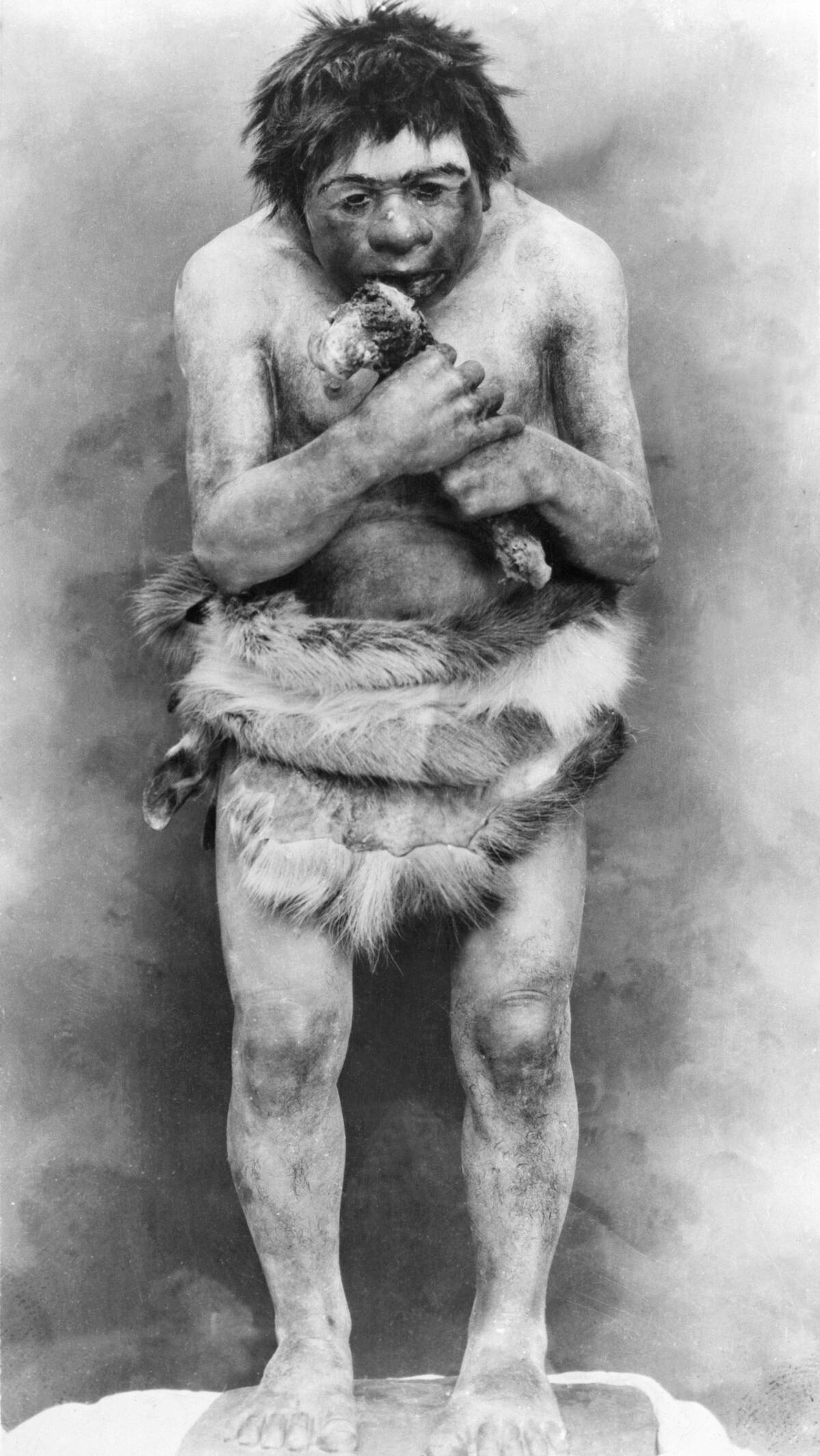
In addition to the drying up of Neanderthal remains after that period, archaeologists also noted the disappearance of their more primitive technology and techniques sometime between 41,000 years ago and 39,000 years ago.
With this in mind, not only was it easy to assume that early humans singularly replaced them, but there was also no evidence that the two populations had even met.
Exceptions To The Rule

Although much of the evidence gathered before the team’s big discovery pointed to this simple replacement sequence, there is one major exception.
At the Buran Kaya III site in Crimea, evidence in the geological rock layers paints a more complicated picture of how humans succeeded Neanderthals. However, this site lacked sufficient remains from either population to clearly communicate how that succession worked.
Discovery That Changed Everything
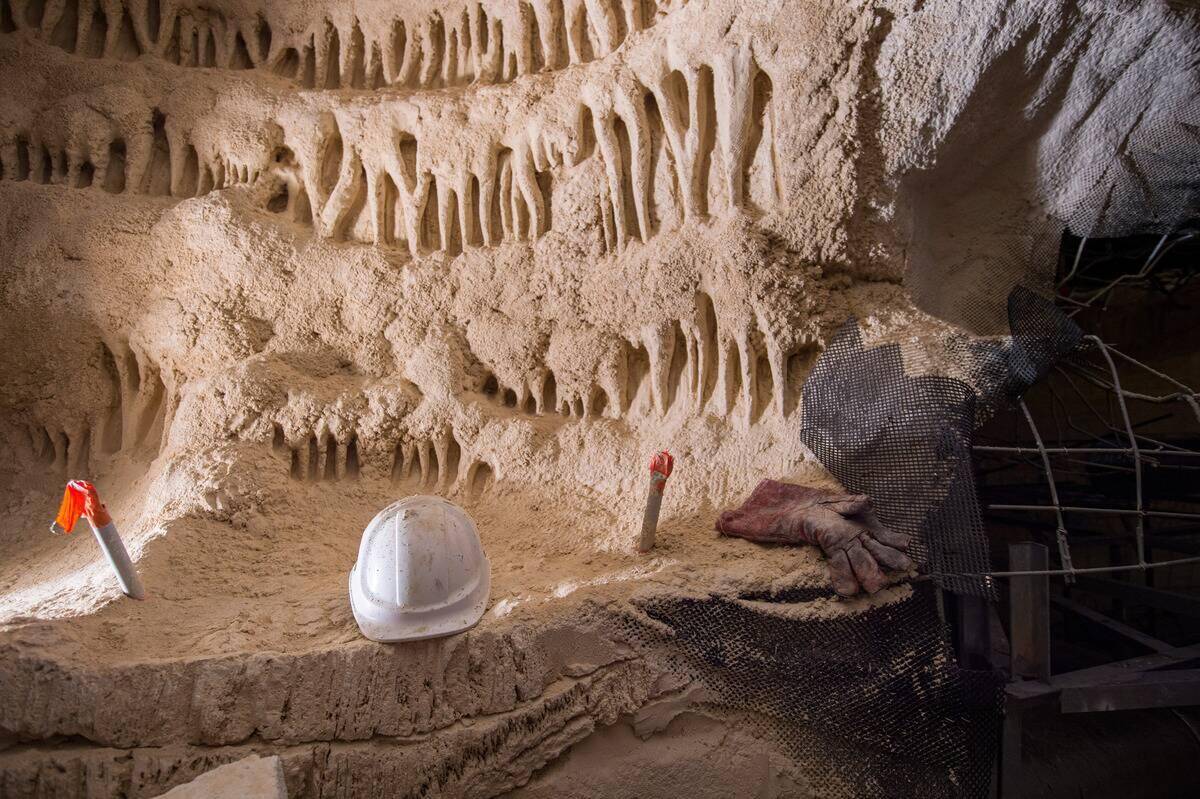
As well-founded as these assumptions of early human settlement and succession in Europe may have seemed, Slimak’s team discovered a wealth of evidence that threw it all into question.
And it was all uncovered in the Grotte Mandrin cave in France, which the researchers described as overlooking the eastern bank of the middle Rhône River Valley.
Finding Context

While shoring up their background research, the team behind the Science Advances article noted evidence that pointed to multiple cases where early humans bred with Neanderthals in Asia.
And while it’s not impossible that something similar occurred in Europe, the researchers also noted no genetic traces in the last Neanderthals on the continent that link them to modern humans.
Remarkably Well-Preserved
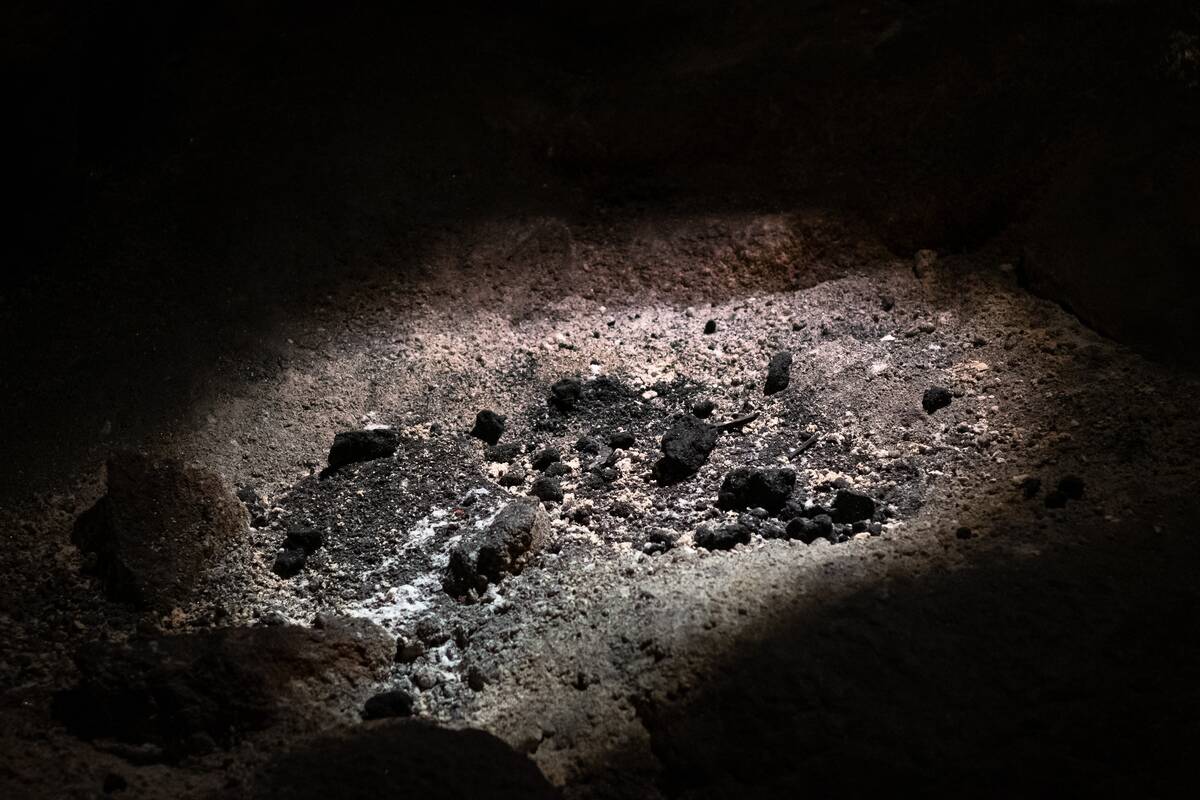
In Grotte Mandrin, Slimak’s team discovered 12 extremely well-preserved geological layers that spanned hundreds of thousands of years and eloquently told the researchers which layer corresponded to which period of time.
That level of preservation made what was found within those layers all the more exciting.
What was found
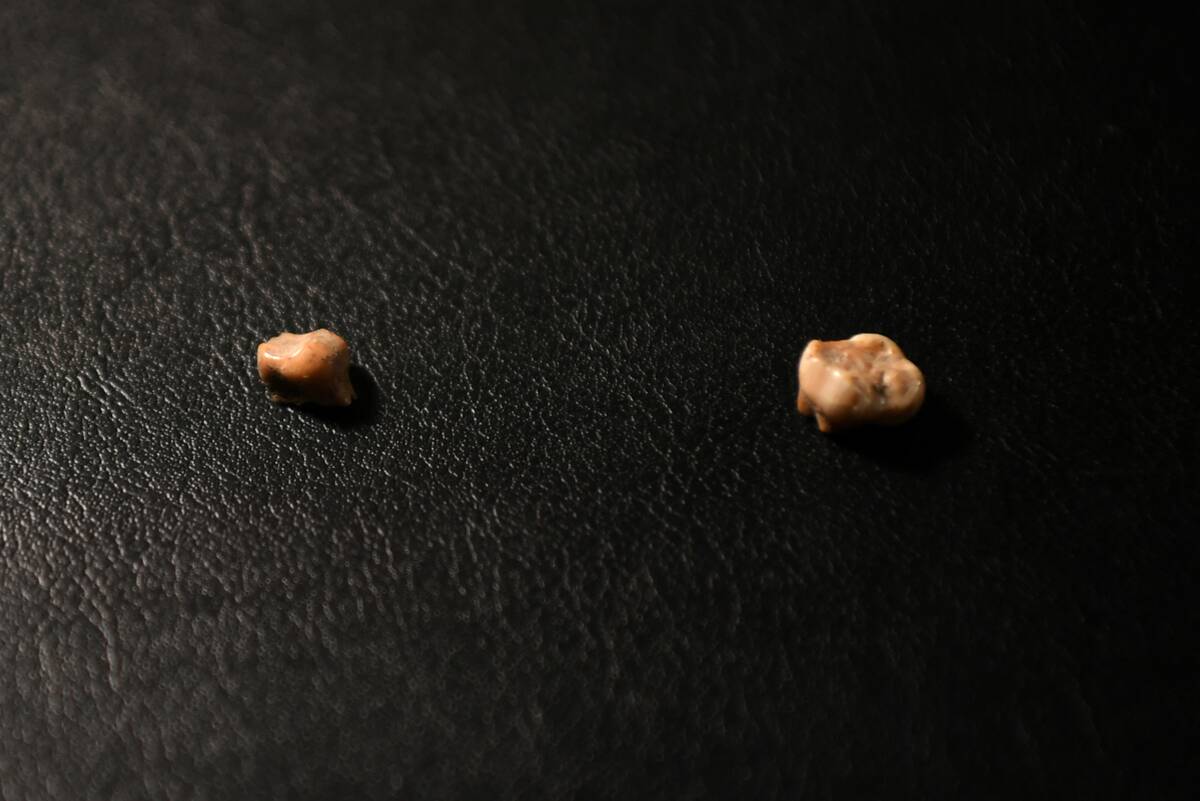
Within these layers, Slimak’s team uncovered nine dental specimens from both early humans and Neanderthals that include the two pictured here.
But even more amazingly, the researchers discovered almost 60,000 lithic objects, which are natural items like rocks or animal bones that were clearly modified by the hands of ancient beings.
What is Neronian industry?

When Slimak (pictured) discussed the objects his team discovered in one of the layers where early human remains could also be found, he described them as examples of Neronian industry.
This refers to a level of technological sophistication similar to items discovered in another French cave known as Grotte de Néron.
What scientists found before
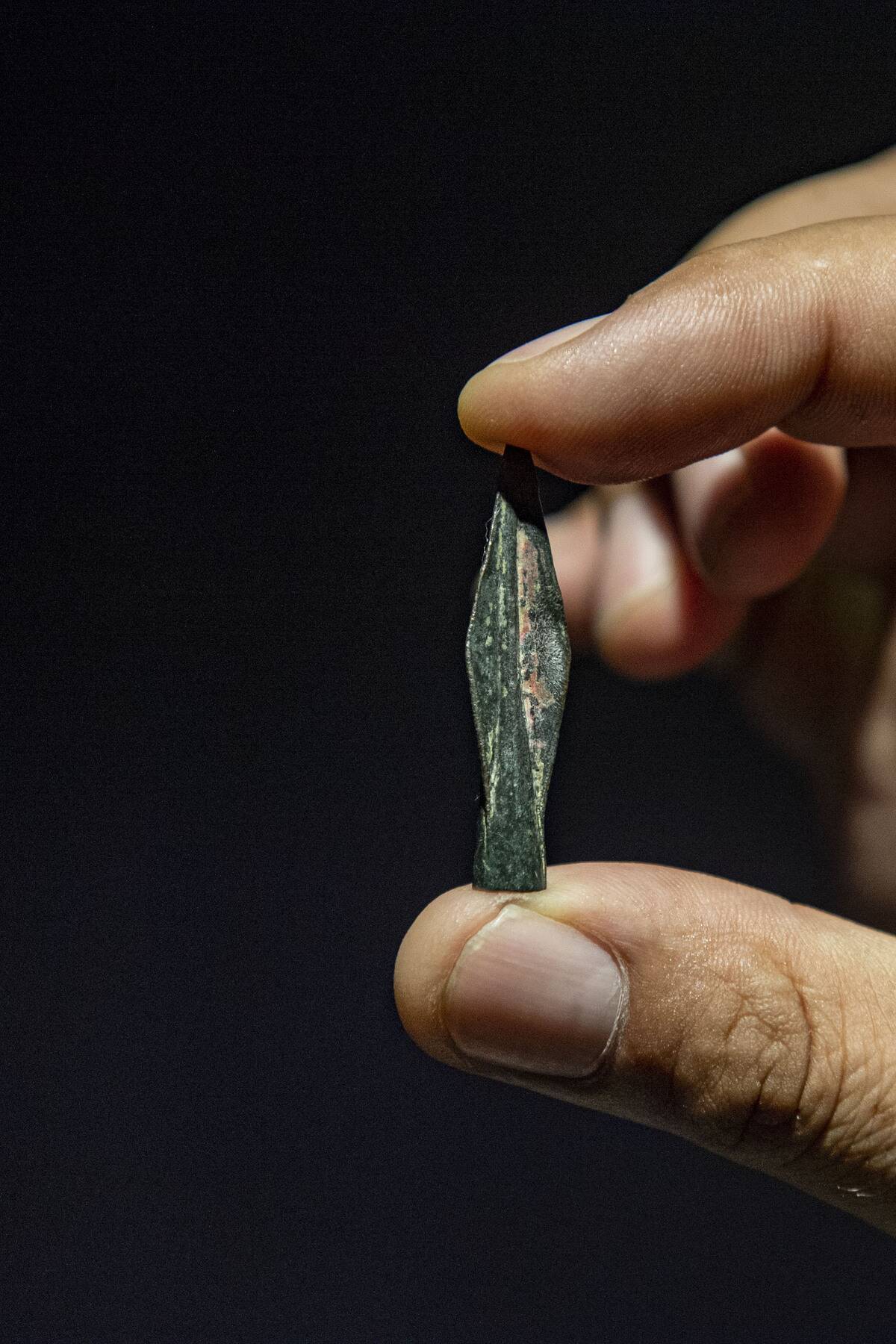
At Grotte de Néron, previous archaeologists uncovered blades and arrowheads like this one that showed a level of sophistication and precision beyond the capabilities of the Neanderthals that lived before they were made.
Nonetheless, it was unclear who made them when Grotte de Néron’s artifacts were discovered, and they were far newer than anything uncovered at Grotte Mandrin.
Some tell-tale teeth
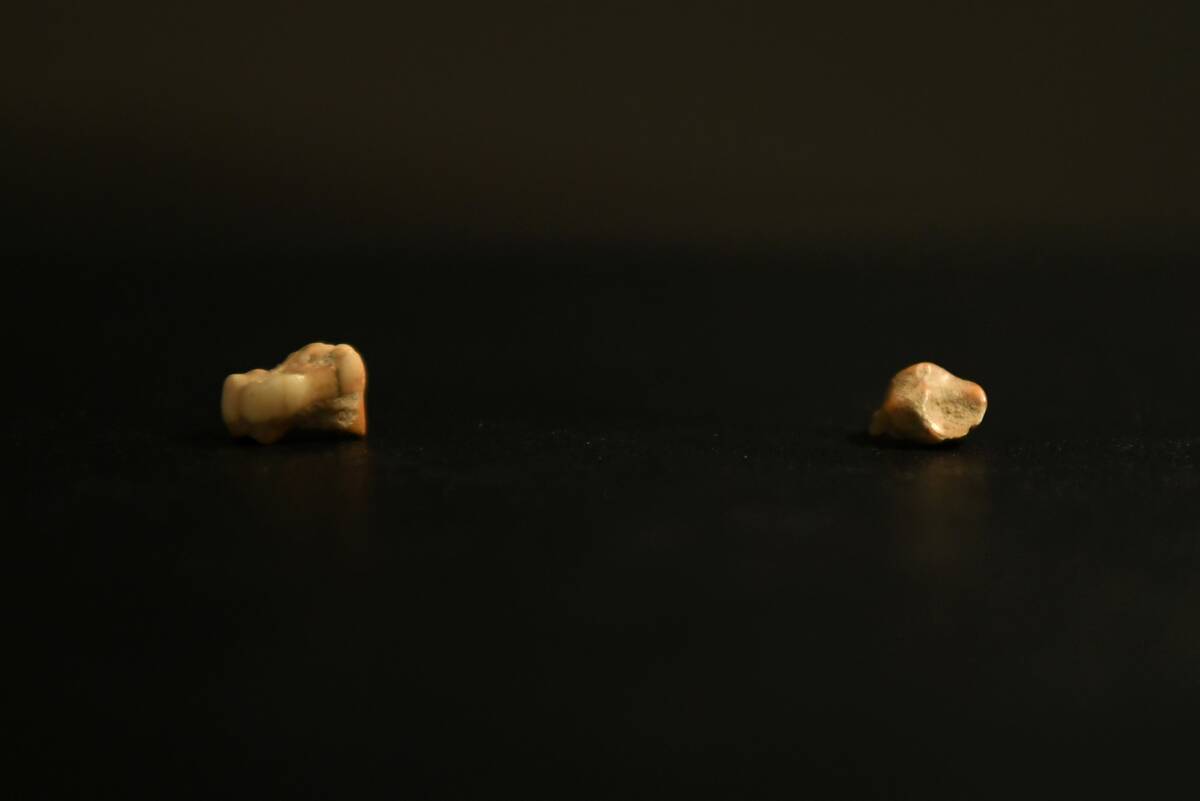
This previous mystery is what makes the discovery of the teeth so important. Since one of them was discovered in the same layer as these Neronian tools, that provided key insight into who made them.
The teeth also cracked the code on whether Neanderthals or early humans would have been the dominant species in a given layer.
How to tell the difference
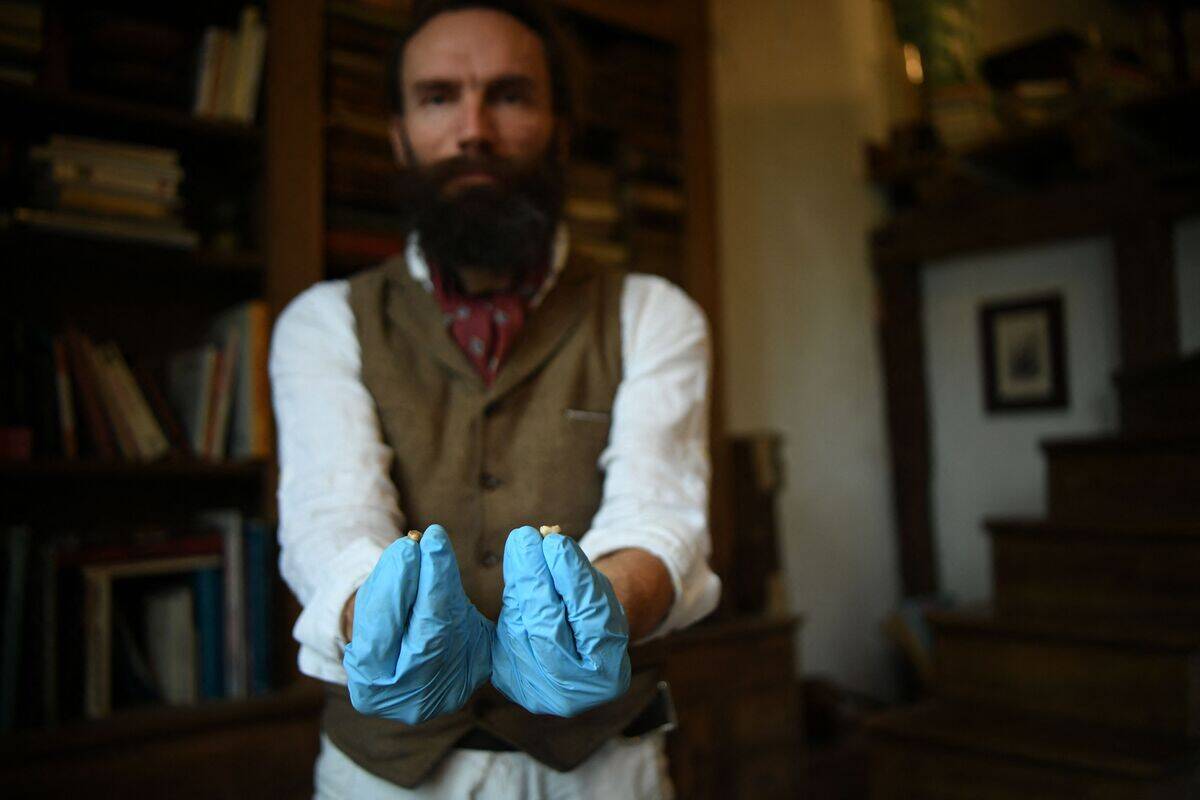
To determine which teeth belonged to which species, Slimak’s team examined the outlines of their respective crowns, the thickness of their enamels, the proportions or their roots, and the shape of their dentine structures beneath the enamel.
And once they had analyzed the teeth, they found that all but one of them belonged to Neanderthals. However, the one discovered in the layer that also held the Neronian tools was found to belong to a human child.
Just an anomaly
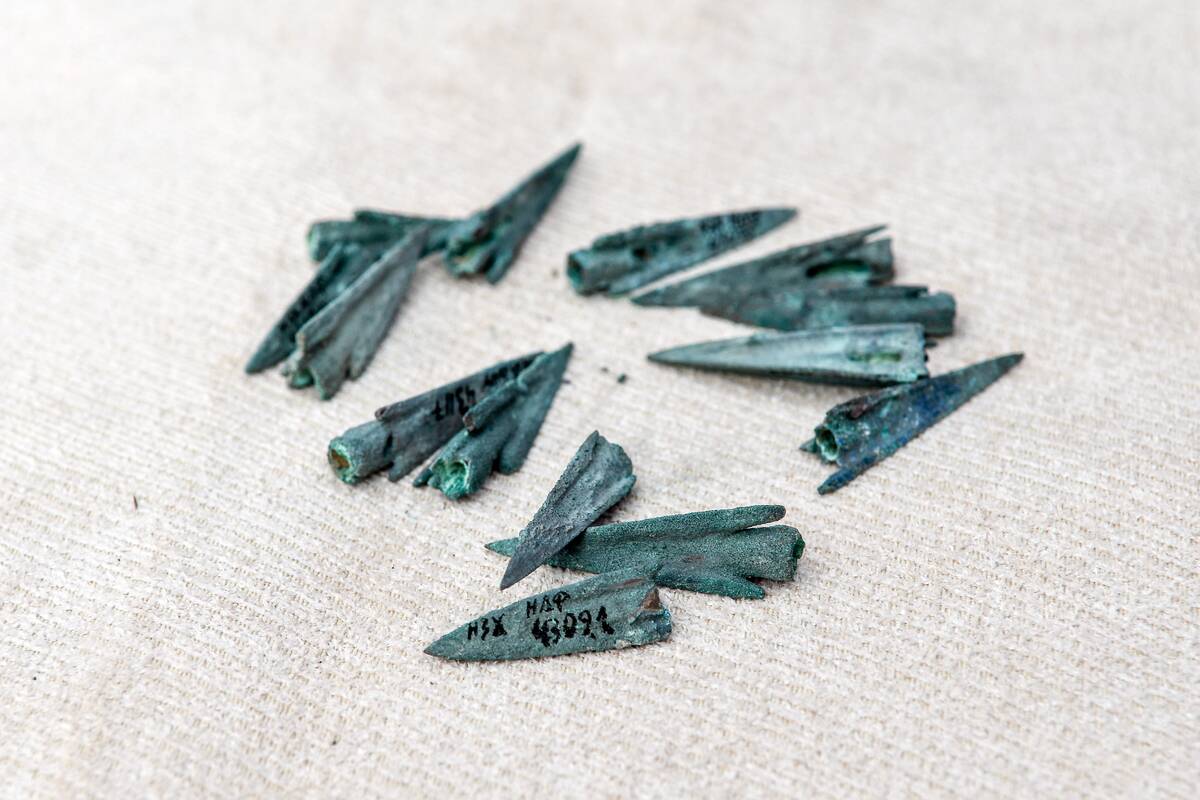
Previously, similar discoveries of arrowheads like these (such as in the Buran Kaya III site in Crimea) were treated as mysterious anomalies because they were found in geological layers that overlapped with ones where Neanderthals could be found.
But now that those tools and weapons are paired with actual remains, that anomaly doesn’t seem so mysterious anymore.
Earlier than they thought
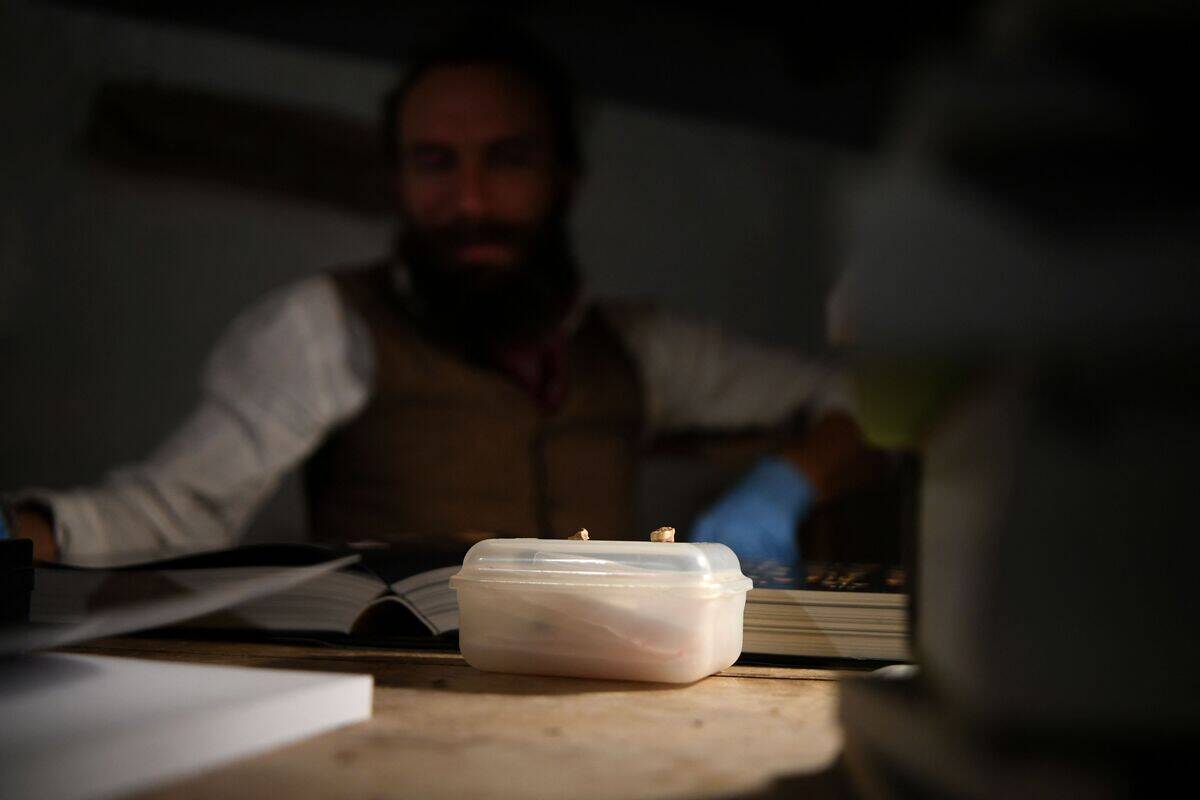
Once they were able to determine who had come to Grotte Mandrin, and when they did, Slimak’s team discovered the previous figures that estimated humans as settling Europe 45,000 years ago were wrong.
In fact, they were off by about 10,000 years, as the researchers’ new estimate put their arrival at between 56,800 and 51,700 years ago.
Early humans used bows earlier than expected

Another groundbreaking aspect of this discovery concerned the tools that those humans were using when they arrived.
Until this discovery, nothing as sophisticated as their weapons and other tools had been seen in Europe until millennia later.
It’s all about the points
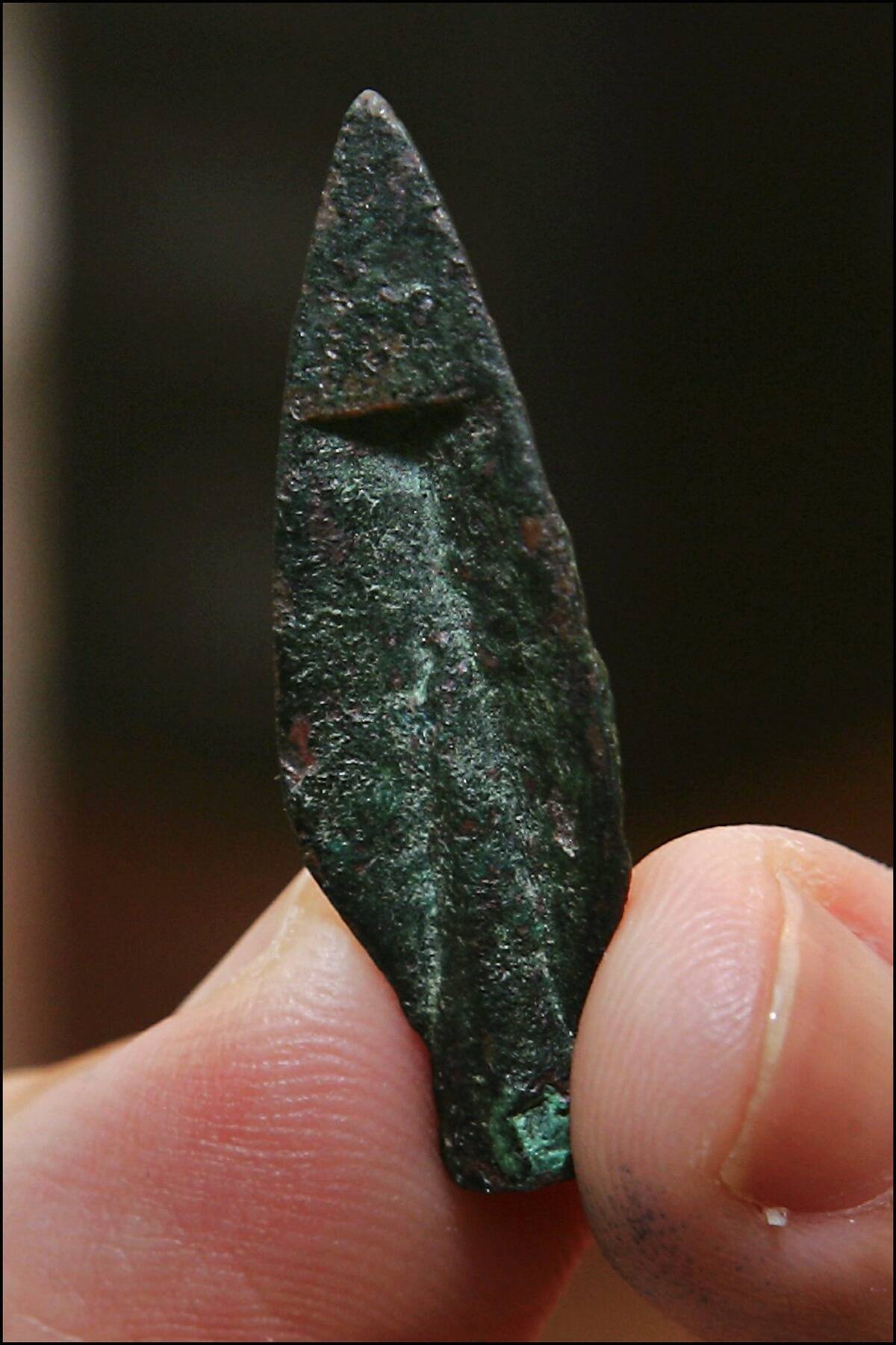
In the Science Advances article, Slimak’s team described the points on the arrowheads and the bladelets on the blades the early humans created in detail.
And what sets their weapons apart from any that came before are the fineness of the small micropoints at the tips of these arrows and the standardization employed in making them. In other words, they were both sharper and more consistently sharp than anything the Neanderthals could do.
Nothing out of the ordinary at first
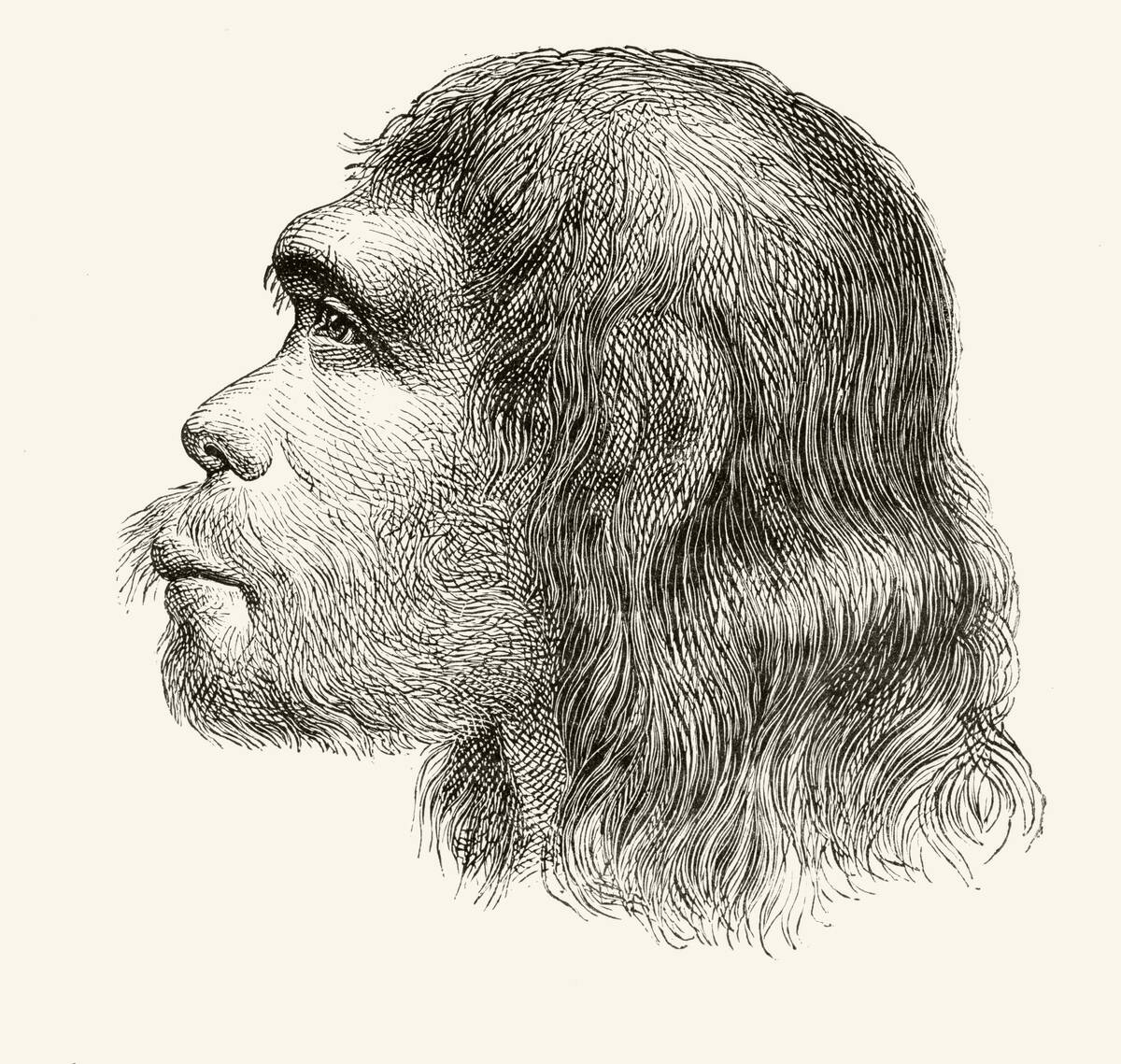
Along with these two major revelations, the researchers also studied what the geological layers they found told them about the last millennia the Neanderthals spent in the area.
And for much of that time, there was nothing unexpected about what they saw. In several layers, only the remains of the Neanderthals and the animals they would have lived among at the time could be found.
It was never so simple
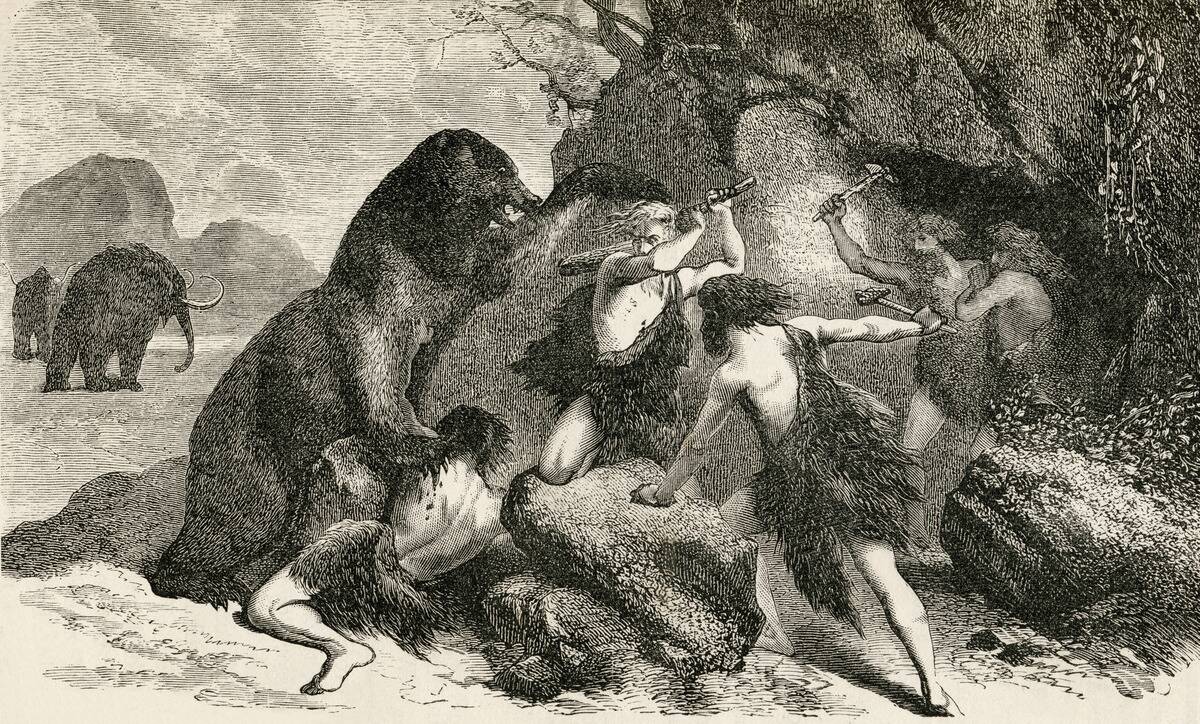
As they looked further, the researchers found that one of these periods was followed by one that saw humans replace Neanderthals at Grotte Mandrin.
But while that sounded in line with what had been observed at previous archaeological sites in Europe, that’s not where the sequence of events ends.
The briefest of comebacks
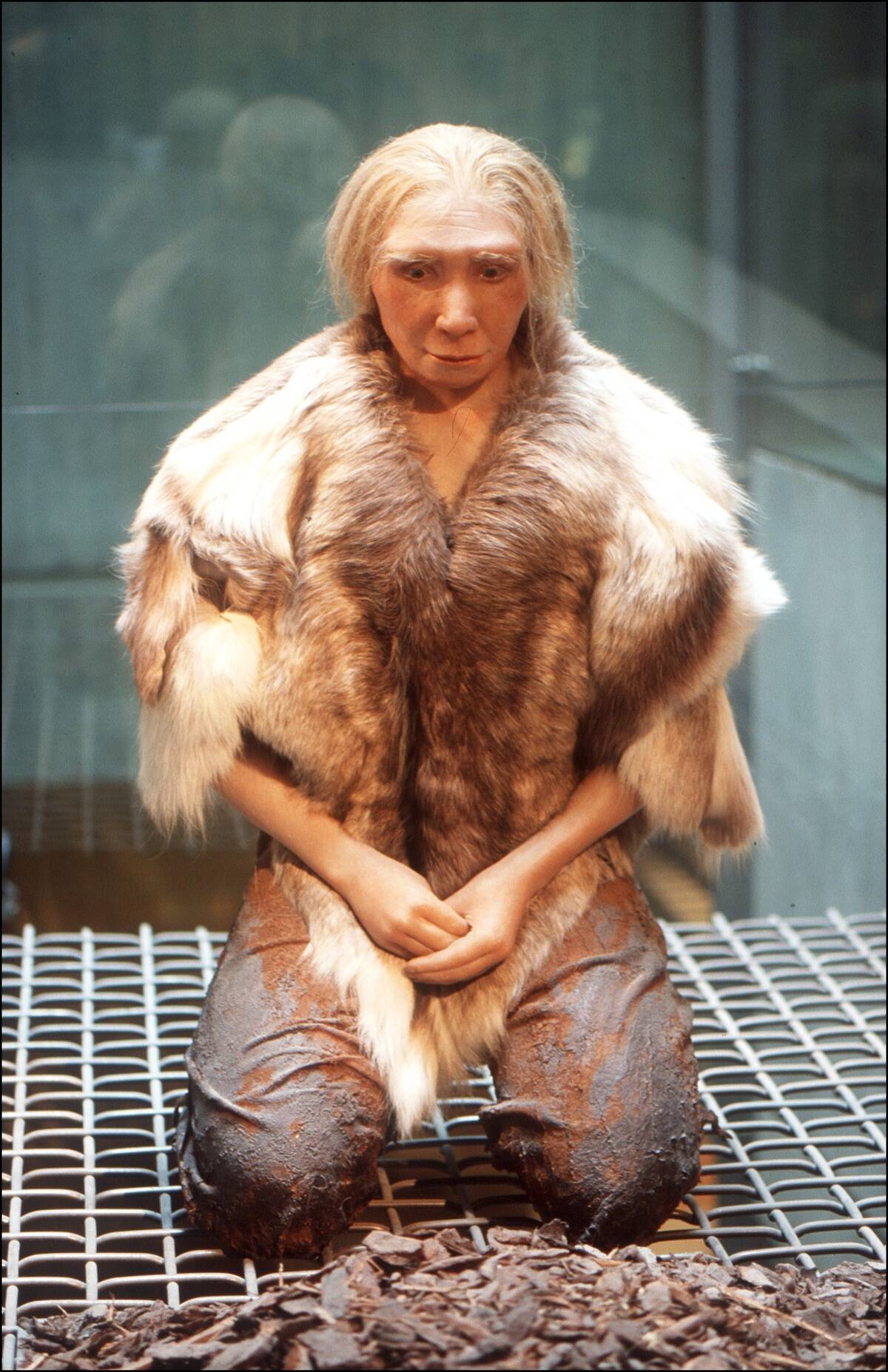
For the first time ever seen in Europe, the geological information at Grotte Mandrin indicated that after humans succeeded Neanderthals there, they were themselves replaced by Neanderthals again.
Curiously, Slimak’s team identified this comeback for the Neanderthals as lasting only a year.
The return of the humans
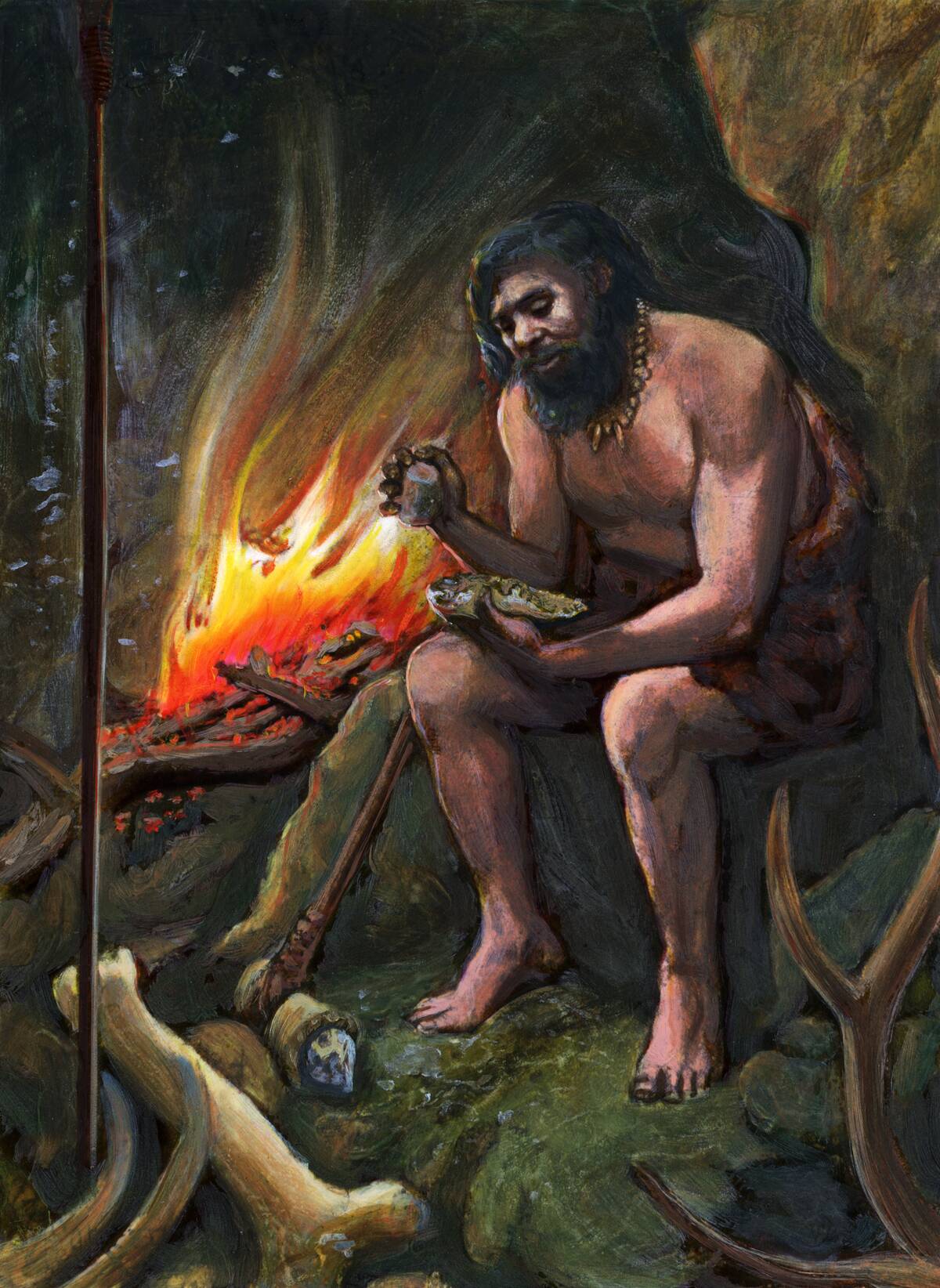
After that year had passed, humans came back with a vengeance. It’s unclear how literal that vengeance was, but Slimak’s team attributes this rapid shift in occupation to the difference in technological ability between the two populations.
So whether the arrows and blades allowed the humans to outfight the Neanderthals or just survive the area better, it’s the likely key to their eventual replacement of the Neanderthals.
Insight into the winning side
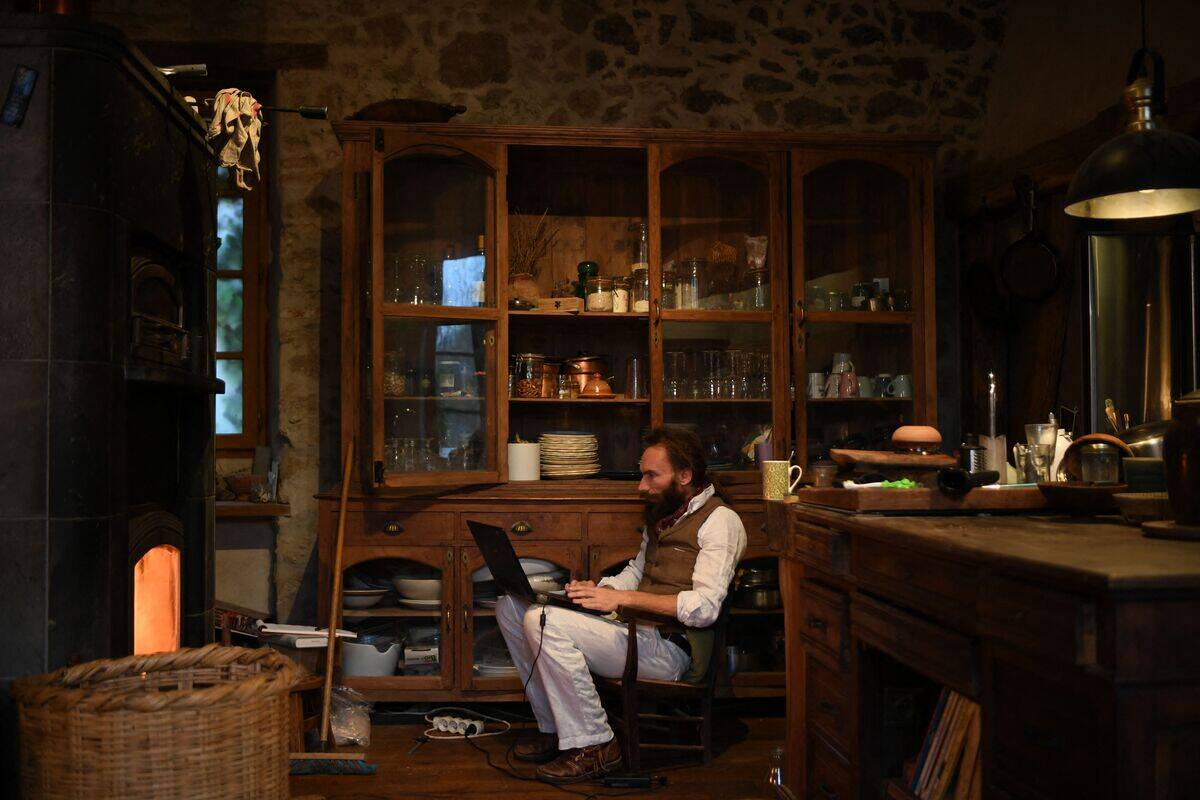
Slimak’s team also analyzed the raw materials the humans’ tools were made from and found out that 46.6% of them came from far away. Specifically, the nearest of these rocks came from between nine to 22 miles away, while the farthest came from 37 to 56 miles away.
To the researchers, this spoke to the wide territorial influence these humans were able to control at the time.
What this all means
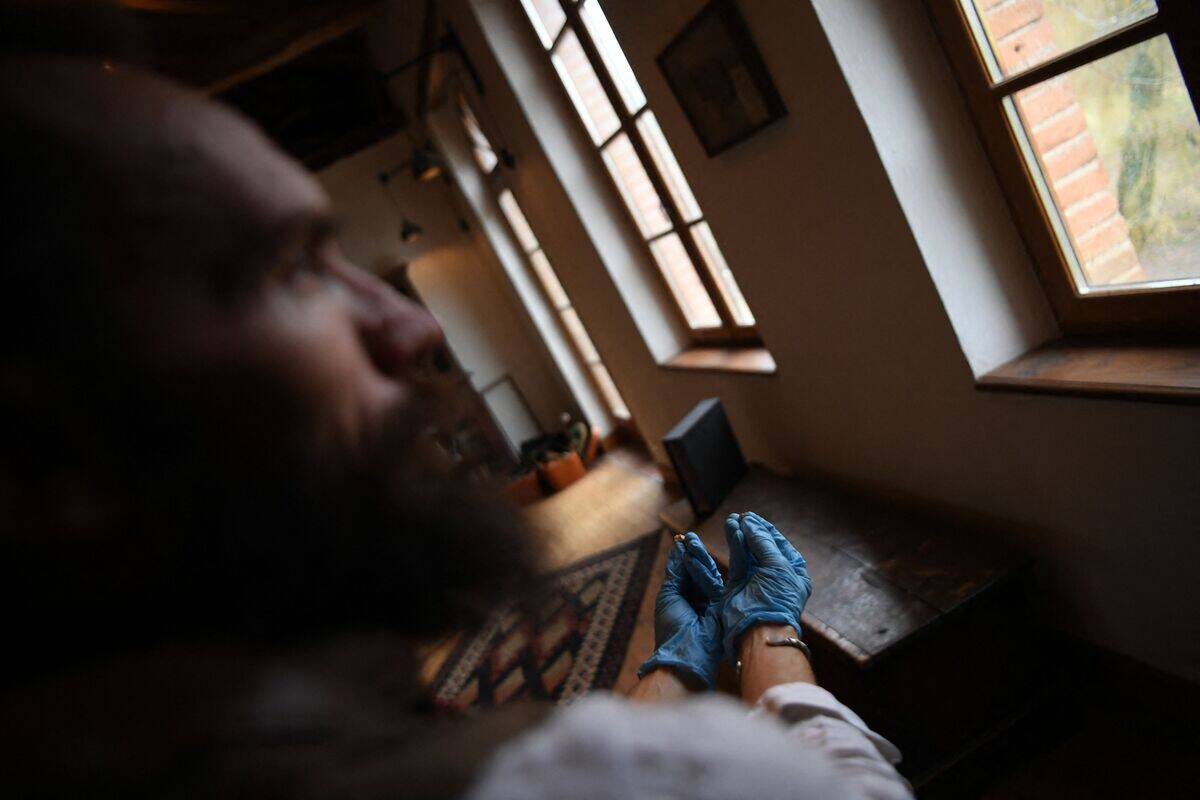
Ultimately, this discovery at Grotte Mandrin was revolutionary for three key reasons.
The first was that it confirmed modern humans arrived in Europe about 10,000 years earlier than anyone had ever known.
Their technology was underestimated

While the discussion of micropoints and standardization explains why the technology of humans at the time was more advanced than the Neanderthals they replaced, this discovery is important for a more fundamental reason.
As the Science Advances article stated, “This early modern human incursion in the Rhône Valley is associated with technologies unknown in any industry of that age outside Africa or the
Levant.”
Rising and falling and rising again
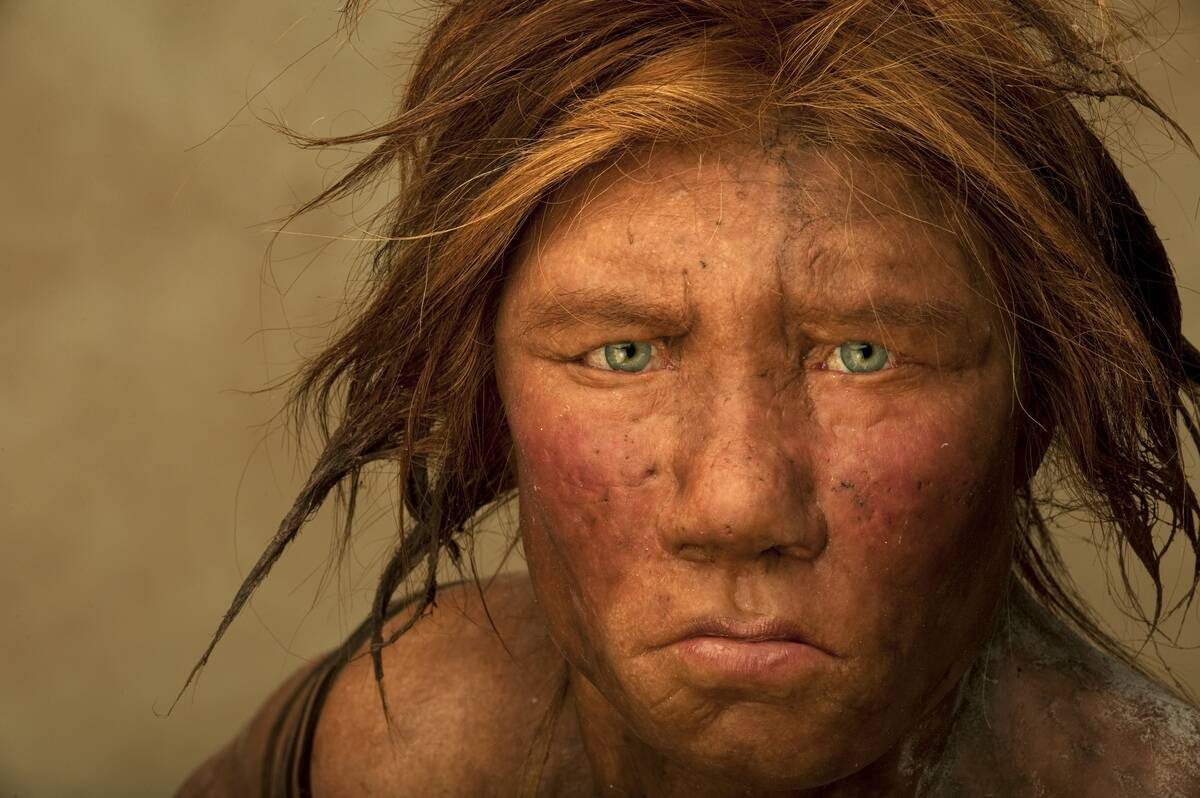
Finally, what Slimak’s team uncovered at Grotte Mandrin demonstrates that the processes that saw humans replace Neanderthals throughout the world could be more complex than archaeologists were previously led to believe.
What once seemed like a simple and linear replacement can now be understood as a struggle with unpredictable and surprisingly abrupt changes along the way. As such, this discovery has the potential to rewrite the book on humanity’s first steps into Europe.









